A new genetic study is reshaping what researchers know about one of southern China’s most distinctive mortuary traditions—the Hanging Coffin practice—and the people who carried it out. By analyzing both ancient and modern DNA, scientists have traced a clear ancestral link between the communities behind this striking burial custom and today’s Bo people in Southwest China. The results, published in Nature Communications, provide rare insight into the origins, movements, and cultural networks that shaped this long-standing funerary tradition.
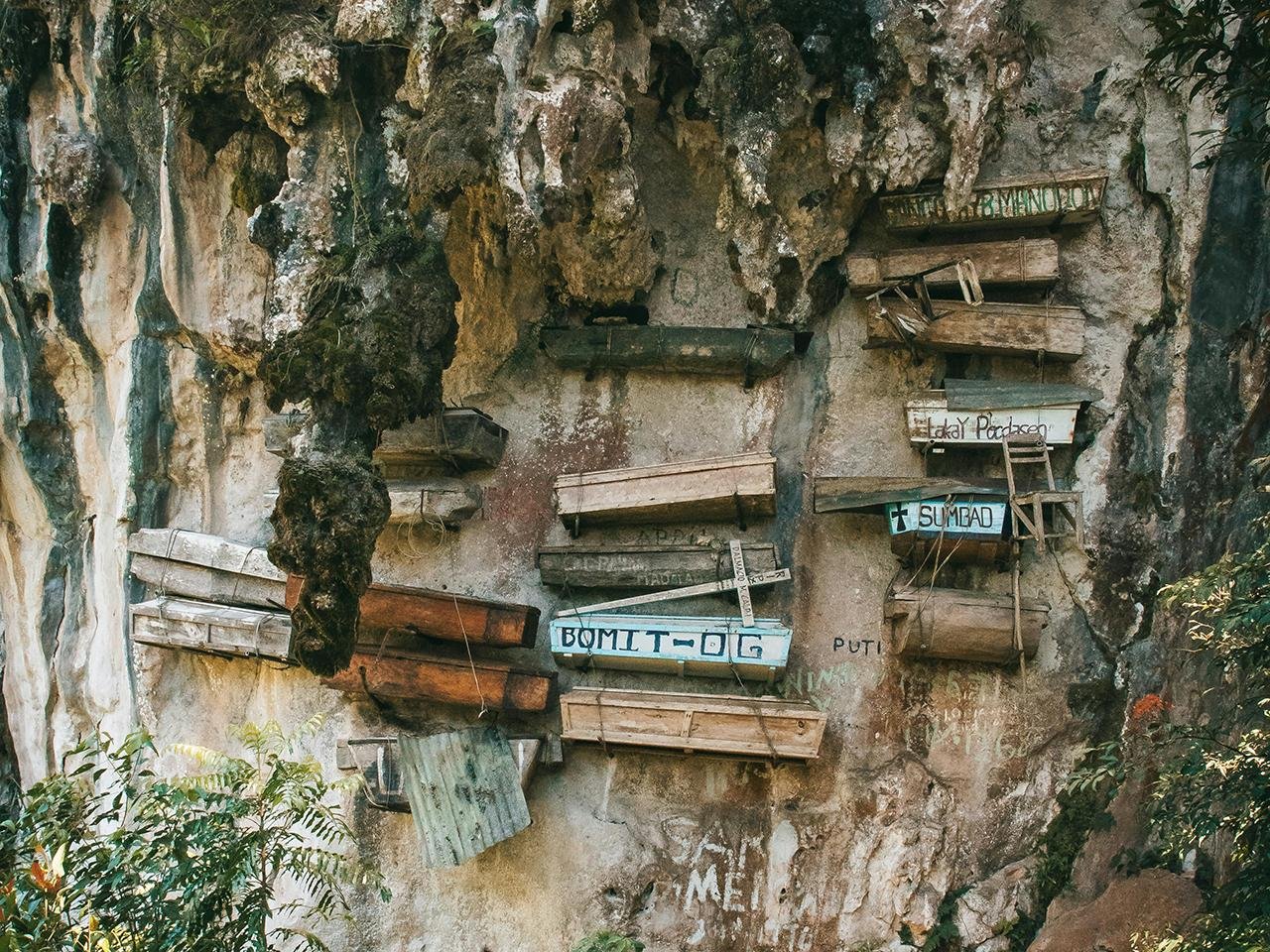
Hanging Coffins—wooden coffins placed high on cliffs, rock faces, or cave walls—have been found across southern China and parts of Southeast Asia. Historical texts associate the custom with the Bo, a community that largely disappeared from written records after the Ming Dynasty. Up to now, it had not been clear to what extent present-day Bo people were connected to the ancient groups behind these cliff burials.
The research team analyzed genomes from 11 ancient individuals recovered from Hanging Coffin sites in Yunnan and Guangxi, four ancient individuals from Log Coffin sites in northwestern Thailand, and 30 Bo individuals living today in Yunnan. Their analysis demonstrates that contemporary Bo people inherit a substantial portion of their ancestry from the ancient groups who practiced the cliff burial tradition. Both ancient and modern genomes also show strong connections to Neolithic coastal populations of southern East Asia—peoples who were ancestral to Tai–Kadai and Austronesian speakers.
The most surprising findings came from two individuals excavated at the Wa Shi site in Yunnan, dated to about 1,200 years ago. While buried in the same region and under the same cultural tradition, their DNA showed very different backgrounds: one genetically close to Yellow River farmers and groups related to Tibetans, and the other linked to ancient Northeast Asians. This diversity suggests that the Hanging Coffin communities were far more socially open and connected than previously assumed, at least during periods like the Tang Dynasty.
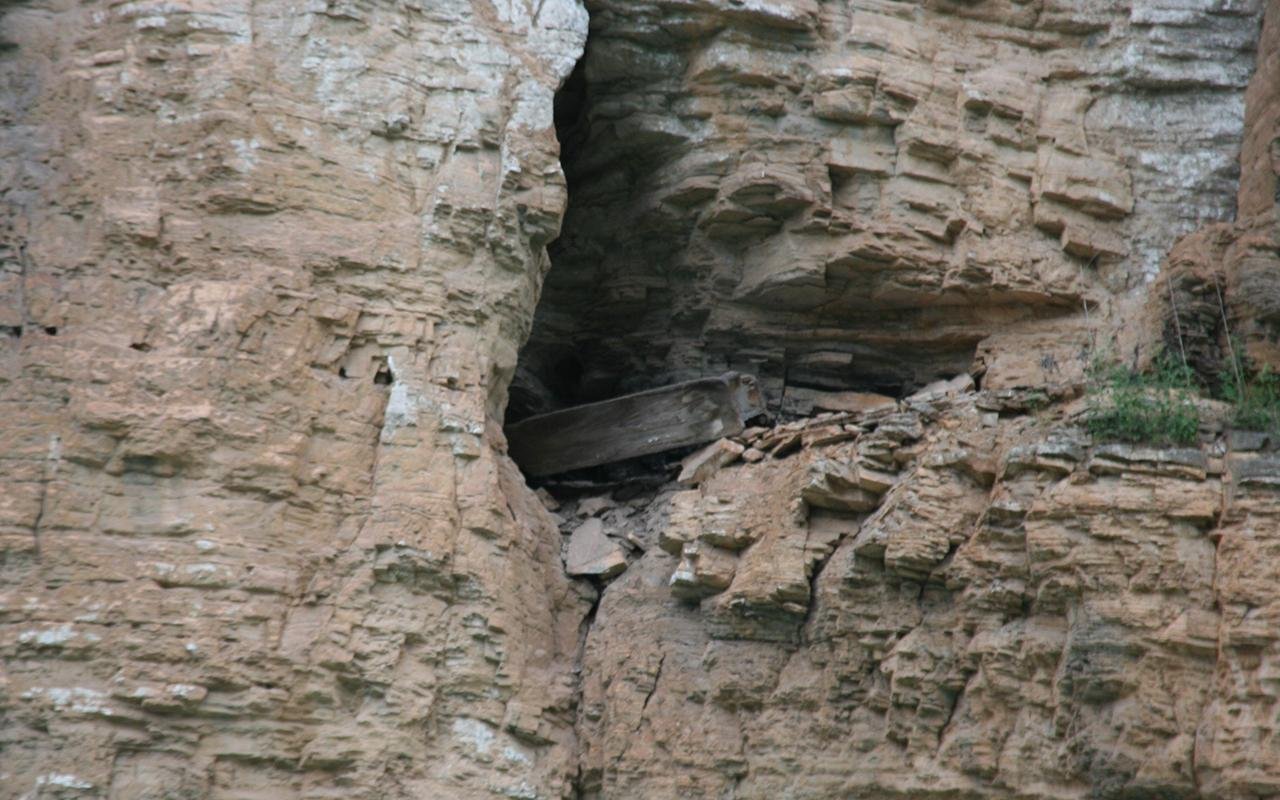
The study also highlights a wider cultural and genetic network that linked southern China with the mainland of Southeast Asia in the past. Genetic similarities shared among the Hanging Coffin individuals of China and the Log Coffin groups of Thailand indicate shared roots, although each region reflects its own blend of ancestral components. In Thailand, for instance, ancient people carried traces of Hoabinhian-related ancestry, reflecting older hunter-gatherer populations and localized mixing.
These results shed new light on the long history of the Bo, a small community surviving today only in parts of Yunnan. Isolated geography helped preserve certain cultural traditions, while questions about their deeper ancestry remained unresolved. The integration of the archaeological evidence with full-genome data makes clear that the Bo are not just a cultural remnant but the direct descendants of those populations that once placed coffins high above river valleys and mountain cliffs.



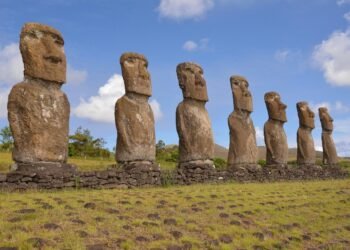
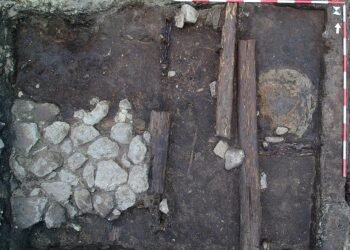
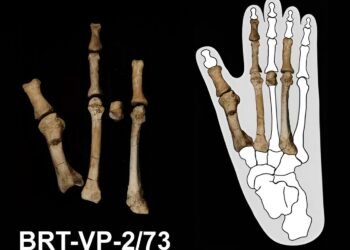
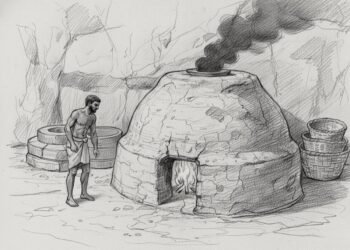

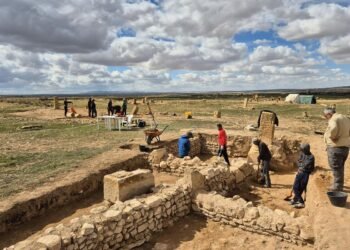















Comments 0